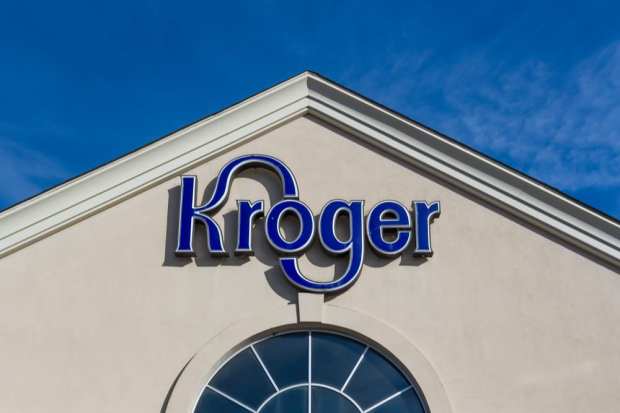Kroger-Albertsons Merger Creates Pickup and Delivery Powerhouse

On Friday (Oct. 14), Kroger, the United States’ leading pure-play grocer, announced its merger with Albertsons in a $24.6 billion deal, adding the latter’s 2,273 stores to the former’s more than 2,700 stores, creating a super grocer.
“As a combined entity, we will be better positioned to advance Kroger’s successful go-to-market strategy by providing an incredible seamless shopping experience, expanding Our Brands portfolio, and … we’ll also be able to further enhance technology and innovation,” Kroger chairman and CEO Rodney McMullen said in a statement.
In addition to boosting Kroger’s network of physical stores, the deal also adds Albertsons’ omnichannel capabilities to Kroger’s competitive advantages. Albertsons’ tech advantages include its fulfillment capabilities, both in terms of curbside pickup and in terms of delivery, and its 31-million-member Just for U Loyalty program.
For its part, Albertson’s had 2,075 DriveUp & Go curbside pickup stores as of its last earnings report, and the grocer has said that delivery in two hours or less is available to three-quarters of the households it serves.
Curbside, especially, is a top priority for many online grocery shoppers. Research from PYMNTS’ May study “Satisfaction In The Age Of eCommerce: How Trust Helps Online Merchants Build Customer Loyalty,” created in collaboration with Riskified, which draws from a survey of 2,153 U.S. consumers earlier this year, finds that 25% of eGrocery customers cite curbside pickup options as the single most important online shopping feature, a greater share than said the same of any other capability. Fourteen percent, meanwhile, said the same of same-day delivery.
See also: Report: Merchants Risk Losing 40% of Online Retail, Grocery Customers Over Trust
Additionally, another 25% of shoppers cited the ability to pick up orders curbside as important but not the top priority, and 26% did the same for same-day delivery. As far as Albertson’s rewards program, its high-value members mark the result of years of investment (the Just for U program first launched back in 2016), with loyalty built slowly over time.
“When [loyalty members] become omnichannel, over time, they come [spend] 3x more than the in-store-only shoppers. … When they become actively engaged with us, they [come to spend] 4x more than an average shopper [spends] in our stores,” Albertsons president and CFO Sharon McCollam told analysts on a call discussing the earnings release. “And nobody doing Just for U [does] either one of those immediately. It takes time and it grows over an extended period of time.”
According to data from PYMNTS’ study “Decoding Customer Affinity: The Customer Loyalty to Merchants Survey 2022,” created in collaboration with Toshiba Global Commerce Solutions, which draws from a census-balanced survey of more than 2,000 U.S. consumers, 42% of grocery shoppers state that the availability of loyalty programs with rewards they like would improve their loyalty to merchants. However, only 5% of consumers state that loyalty programs are the single most influential factor when selecting a grocer from which to purchase.
Get the report: The Customer Loyalty To Merchants Survey 2022
